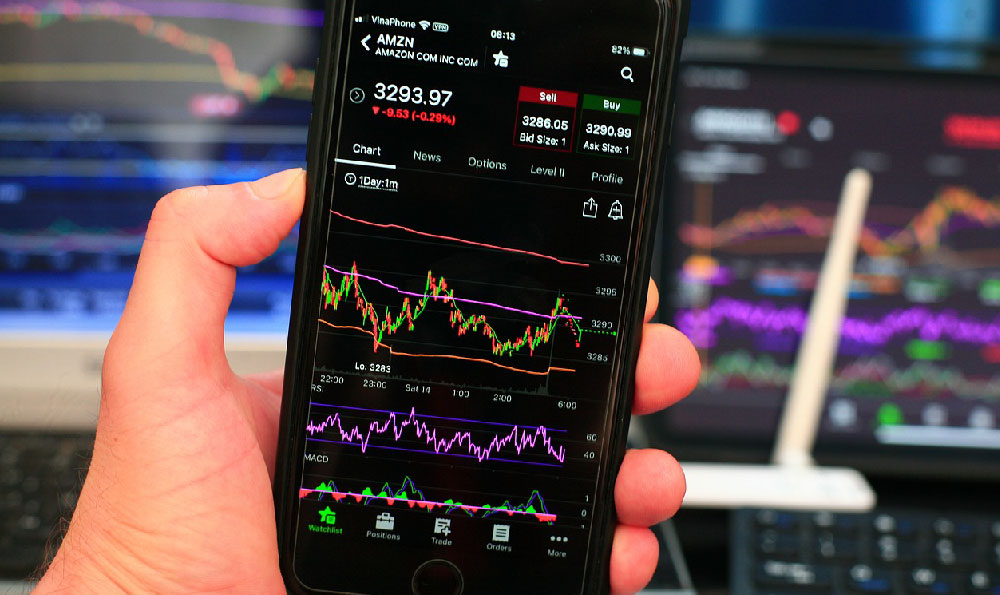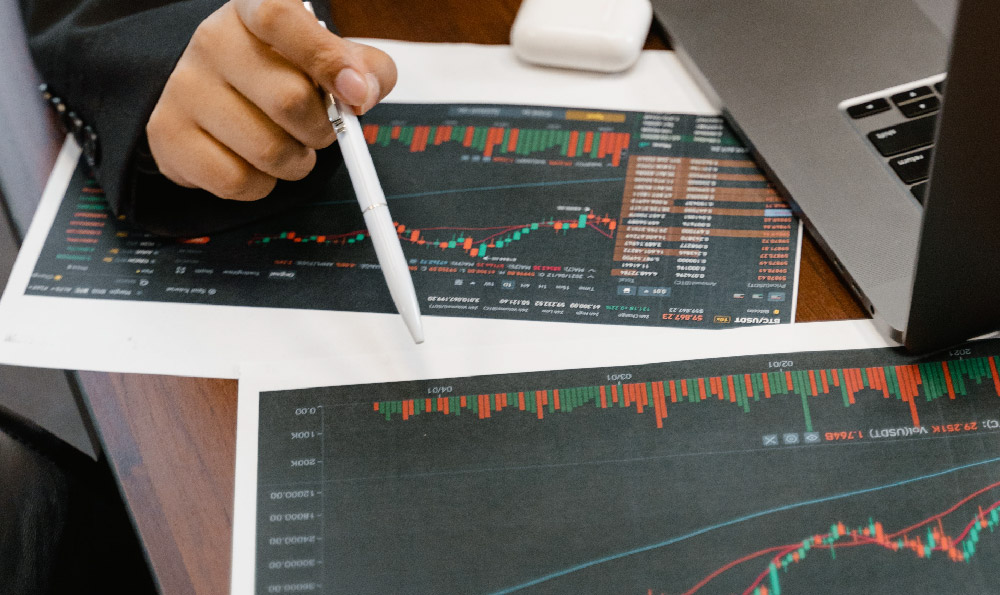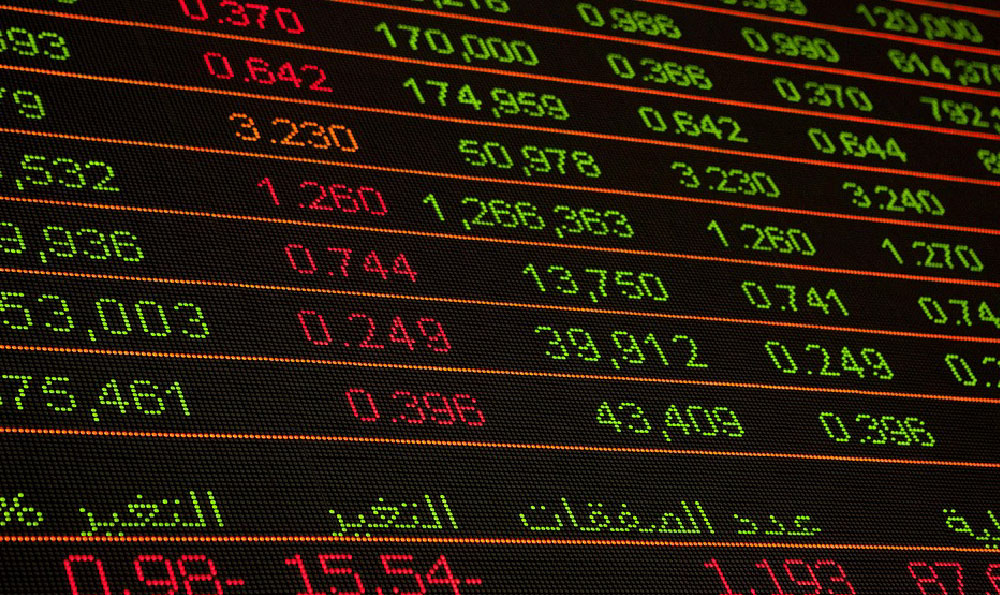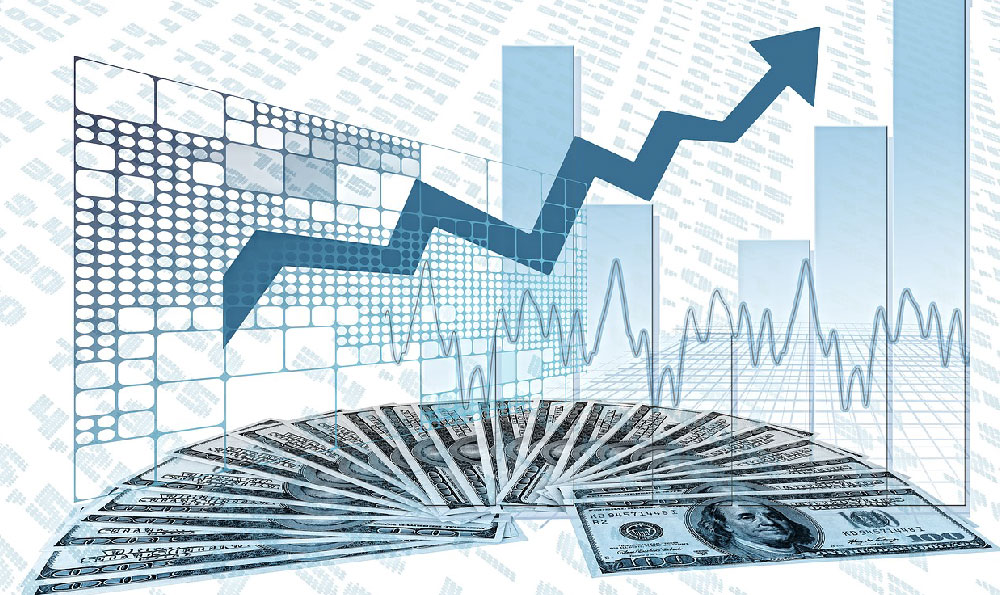Can You Earn Big Money with Day Trading Tips?

Day trading in the cryptocurrency market has gained immense popularity in recent years, driven by the potential for rapid returns and the 24/7 nature of digital assets. While the allure of profit is undeniable, it's crucial to approach this high-stakes endeavor with a combination of strategic awareness and emotional restraint. Unlike traditional stock markets, the crypto landscape is characterized by extreme volatility, often influenced by regulatory developments, technological breakthroughs, and macroeconomic trends. Successful day traders in this environment must navigate a complex web of factors, including market sentiment, technical indicators, and the psychological challenges of managing risk in a space where fortunes can shift within minutes. The key to profitability lies not in chasing quick wins but in cultivating a disciplined framework that balances opportunism with caution.
The cryptocurrency market's inherent volatility creates a double-edged sword for day traders. On one hand, it offers opportunities to capitalize on short-term price swings, which can be significant in a sector where asset values are often driven by speculation. On the other hand, this volatility increases the risk of sudden losses, particularly for those who lack a comprehensive understanding of market dynamics. To thrive in this environment, traders must first recognize that profitability in day trading is not a guaranteed outcome but a result of continuous learning, adaptive strategies, and rigorous risk management. The market is not a casino, but it operates with its own set of rules that favor preparedness over luck. For instance, understanding the influence of decentralized finance (DeFi) protocols or the impact of algorithmic trading on price action can provide a competitive edge. However, these insights require time and effort, as the crypto ecosystem is constantly evolving with new technologies and regulatory frameworks.
Technical analysis remains a cornerstone of day trading strategies in the cryptocurrency market. Traders often rely on tools like moving averages, relative strength index (RSI), and volume indicators to identify potential entry and exit points. A common approach is to use short-term timeframes, such as one or four-hour charts, to spot immediate trends while cross-referencing them with longer-term data to validate signals. For example, when the RSI falls below 30, it may indicate oversold conditions, suggesting a potential reversal. However, this doesn't guarantee a price increase; it's a probabilistic signal that must be interpreted in context. Similarly, a bullish crossover in the MACD indicator can point to a buying opportunity, but traders must also consider the broader market environment. The challenge lies in integrating these technical insights with fundamental analysis, such as evaluating a project's real-world applications, team credibility, or market adoption rates. This dual approach helps mitigate the risk of trading purely on price momentum without understanding the underlying value.

Risk assessment is a non-negotiable component of any day trading plan. One of the most critical principles is the ratio between potential risk and reward. A well-structured strategy might involve allocating only a small percentage of capital to each trade, typically between 1-3%, to ensure that a single loss doesn't derail the overall portfolio. Additionally, the use of stop-loss orders can automatically exit positions if prices move against the trade by a predetermined margin. However, the effectiveness of these tools depends on their proper execution. For instance, a stop-loss set too close to the entry price may trigger prematurely during normal market fluctuations, while one set too far may allow excessive losses during sudden downturns. Traders must also be mindful of leverage, as excessive borrowing can amplify both gains and losses. The temptation to increase leverage for higher returns often leads to catastrophic consequences, as seen in the 2022 collapse of several leveraged trading platforms. Instead, conservative leverage levels or even outright avoidance of leverage can provide a safer foundation for sustained success.
Psychological discipline plays an equally vital role in day trading. The high-stress nature of the market, combined with the emotional triggers of fear and greed, can lead to impulsive decisions that undermine strategy. For example, holding onto a losing position in hope of a rebound (a common mistake) can result in larger losses than if the trade had been closed early. Conversely, the fear of missing out (FOMO) can push traders to enter positions at inflated prices, only to face sharp corrections. Overcoming these biases requires a commitment to strict rules, such as adhering to predefined entry and exit criteria, avoiding overtrading, and maintaining a clear mindset regardless of market conditions. Many seasoned traders emphasize the importance of backtesting strategies before deploying them in live markets, as this helps identify flaws in logic and build confidence in the approach.
The cryptocurrency market also presents unique challenges compared to traditional financial markets. Unlike equities, which are often influenced by quarterly earnings reports or economic data releases, crypto prices can be driven by social media trends, algorithmic changes, or even geopolitical events. This makes it difficult to predict price movements with certainty, as sentiment can shift rapidly. For example, a viral tweet from a prominent figure can cause a sudden surge in the price of a particular token, while a regulatory announcement can lead to a sharp decline. Day traders must stay informed about these micro and macro factors, using real-time news and social media analytics to supplement their technical approach. However, even the most comprehensive analysis cannot eliminate all risks, which is why diversification across different crypto assets and market sectors is essential. This reduces dependence on any single trade and creates a buffer against unexpected volatility.
While day trading offers the potential for significant returns, it's important to recognize that the majority of traders fail to sustain profitability over the long term. Research indicates that the average day trader in traditional markets loses money, a trend that likely extends to the crypto space due to its complexity and emotional toll. This underscores the need for patience, as consistent success in day trading requires time to refine strategies and adapt to market changes. Traders must also be prepared for periods of drawdown, where losses are inevitable, and focus on building a long-term perspective rather than chasing short-term gains. The goal is not to maximize profit in a single trade but to create a sustainable system that balances risk and reward over time.
Ultimately, day trading in the cryptocurrency market is a high-risk, high-reward endeavor that demands a multifaceted approach. Success hinges on a combination of technical proficiency, financial discipline, and emotional control. Traders must remain vigilant against common pitfalls, such as overtrading, speculative behavior, and inadequate risk management. By integrating these principles into their trading framework, they can navigate the market's volatility with greater confidence, increasing their chances of long-term profitability. However, it's equally important to maintain a realistic understanding of the market's inherent unpredictability, ensuring that expectations are aligned with the probabilistic nature of crypto trading. In the end, the path to success lies not in the size of the profit but in the consistency of the process.















